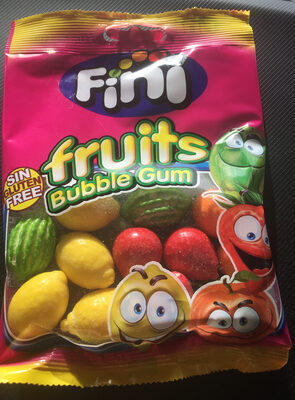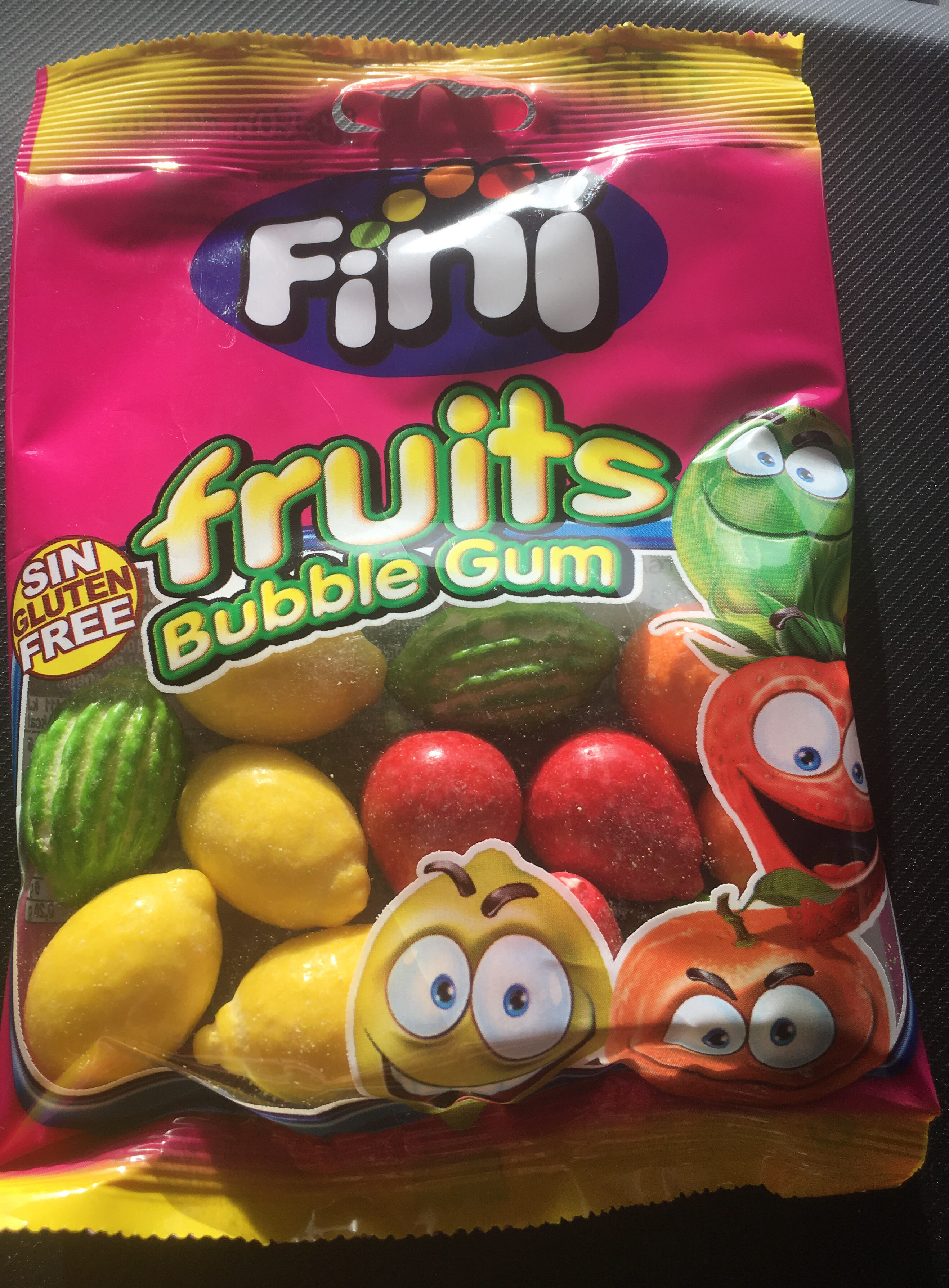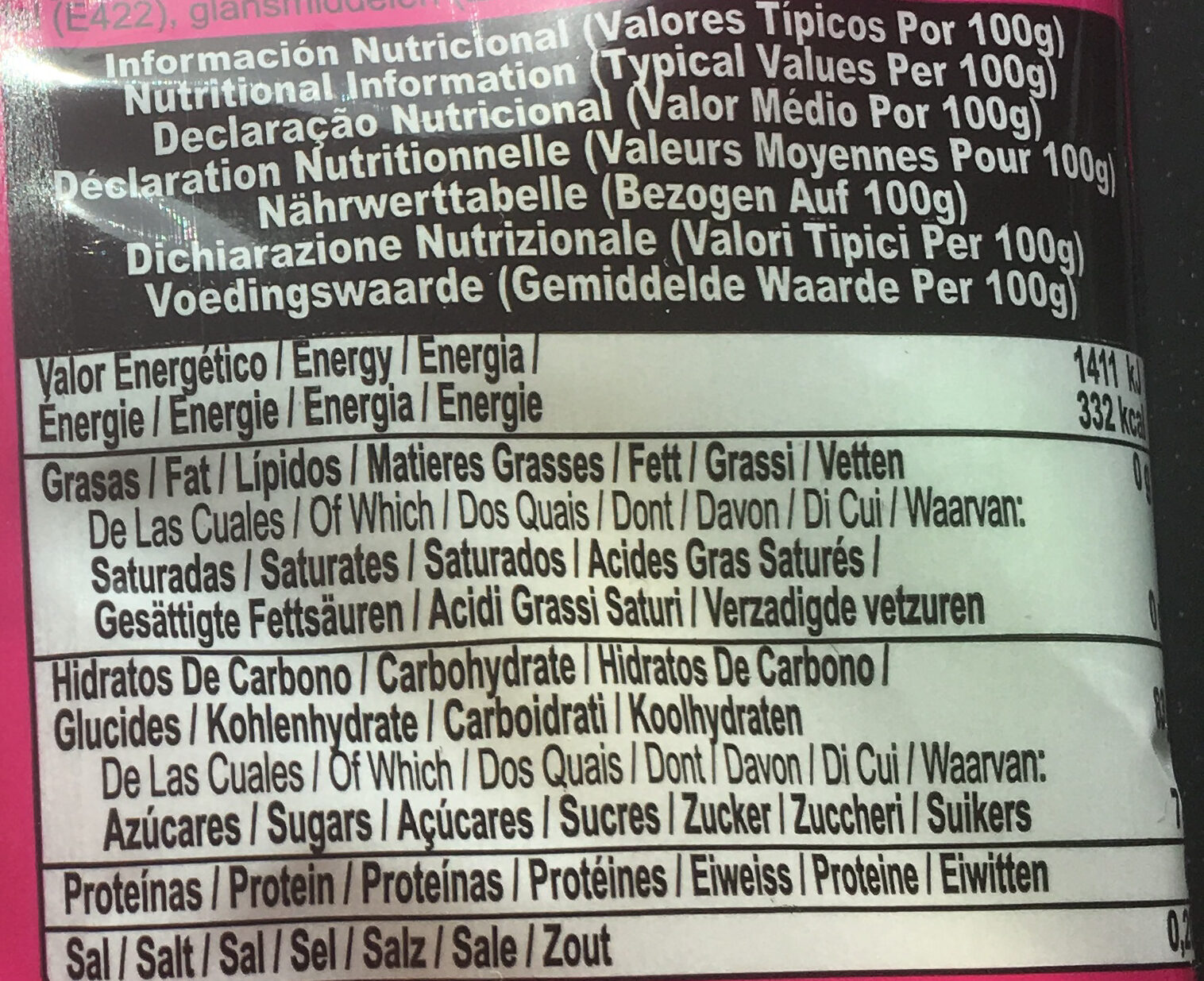Fruits Bubble Gum - Fini - 80 g
This product page is not complete. You can help to complete it by editing it and adding more data from the photos we have, or by taking more photos using the app for Android or iPhone/iPad. Thank you!
×
Barcode: 8410525143397 (EAN / EAN-13)
Quantity: 80 g
Brands: Fini
Categories: Snacks, Sweet snacks, Confectioneries, Candies, Chewing gum
Labels, certifications, awards:
No gluten, Green Dot
Manufacturing or processing places: , Madrid, Spain
Stores: Spar Kjøp
Matching with your preferences
Report a problem
Data sources
Product added on by kiliweb
Last edit of product page on by odinh.
Product page also edited by autorotate-bot, chevalstar, davidd22, elcoco, musarana, openfoodfacts-contributors, quechoisir, roboto-app, thaialagata, yuka.UjdBTFFiUXFuUGNoaGZNQzVFL1U5T2xKM1pXeVFFenROZVpLSUE9PQ, yuka.Vkw0OUxQd2tnZUlKZy9NSDlSbnYrdGRlbmJPeFlrNlFLckV4SUE9PQ, yuka.sY2b0xO6T85zoF3NwEKvlhNFSOPkqG32KSL6kl2ax4u8cr_FRtgi8LjVMas.












